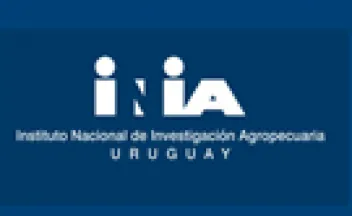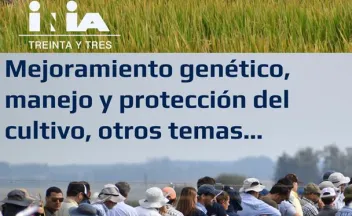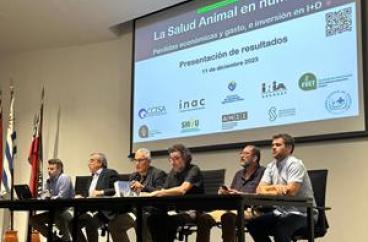Soil organic carbon stocks in crop/pasture sequences - results from the oldest long-term agricultural experiment in Latin America. *

The aims of this study were to assess the long-term effects of different CPR on SOC stocks on the subsoil, and to draw conclusions about the capacity of CPR to sequester C in Uruguay.We conclude that incorporating pastures in continuous crop sequences increased soil organic carbon stocks through the soil profile by an average of 28%.



